The Grand Canyon: Best Tour Options in 2022
The Grand Canyon covers a vast area, comprising four different zones - North, East, South and West.
The geography of the Grand Canyon is complex, not least because it covers some tribal lands.
The South zone - or South Rim - is by far the most-visited of the four areas. This article mostly focuses on that region.
We'll discuss the main Grand Canyon tour options and features, which may be combined as desired:
- Day hikes
- Guided tours
- Mule rides
- Helicopter tours
- Train visits
- Overnight camping
- Hotels in the Grand Canyon Village
- Driving into the Canyon
- Glass Skywalk (West)
When is the best time to visit the Grand Canyon?
While most tourist attractions see a drop-off in autumn (or fall, as Americans call it), the Grand Canyon continues to be busy in September, October and November.
If you wish to tour the Grand Canyon with fewer crowds you'll need to visit between December and May.
Witnessing a snow-topped Canyon can be breathtaking, but the lower temperatures and potentially icy road conditions if driving (the park does not grit the roads) can make a winter visit less appealing.
The sweet spot is springtime, when it’s relatively warm and there are fewer tourist crowds ruining your Instagram shots!
The Glass Skywalk: what to know
The famous Glass Skywalk is in fact 250 road miles from the Grand Canyon proper, located on a side canyon in the West area.
Many people mistakenly believe the skywalk is in the real canyon.
And while the views are impressive, they are pale compared to the South Grand Canyon area.
This expensive attraction ($39) is generally only visited by people from Las Vegas - since it is much closer to ‘Sin City’ than the ‘real’ Canyon.
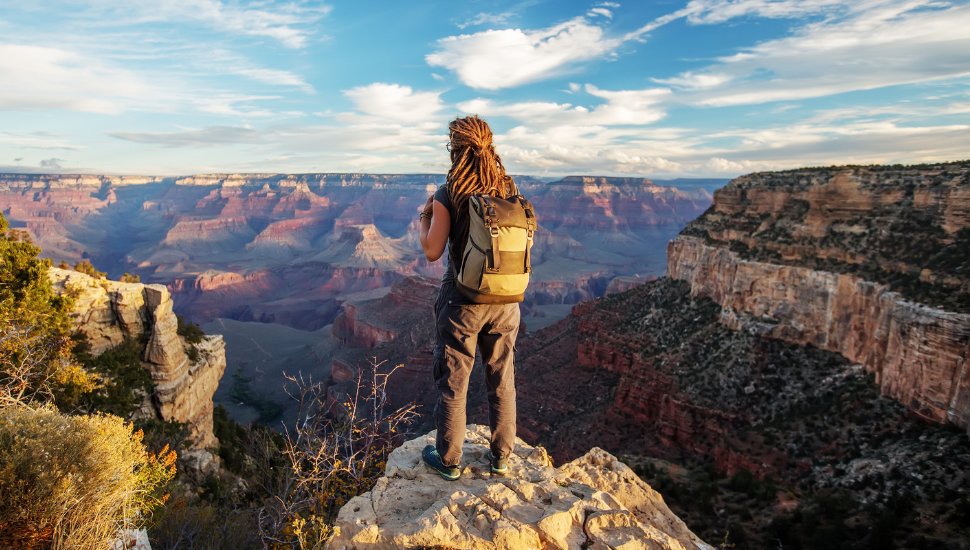
How to have a safe tour of the Grand Canyon
While several people each year die after falling from the Grand Canyon, a far greater risk comes from hikers being ill-prepared - especially when it comes to dehydration.
Additionally, as visitor figures have climbed towards six million annually, traffic accidents have risen.
So drive carefully and pack plenty of water to ensure you have a safe trip.
Which Grand Canyon hiking trail should I use?
The Bright Angel trail is often considered one of the easiest and safest Grand Canyon hiking trails because it is well maintained by the park.
That said, it can be a real challenge for those who aren't fit enough, or who do not have suitable walking boots, or enough water.
Bright Angel is also closest to the main village, and has amenities that other trails do not.
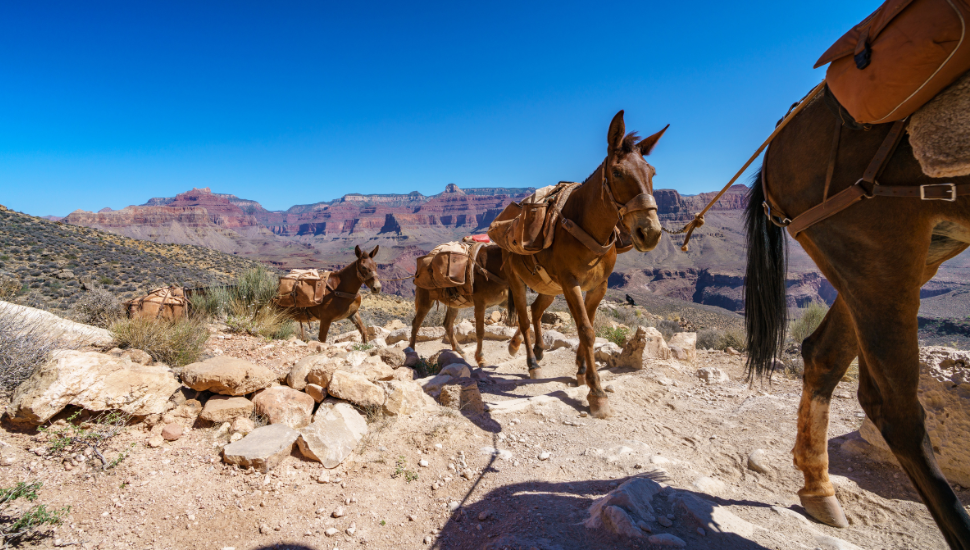
Can I book a mule ride?
It's possible to book overnight mule rides to the bottom of the canyon, but these must be booked up to a year in advance - you can not simply turn up and ride a mule.
It takes about six hours to reach the bottom of the canyon by mule, for an overnight stay at Phantom Ranch.
White water rafting in the Grand Canyon: Rafting from Lees Ferry
White water rafting in the Grand Canyon is the ultimate thrill for adrenaline sports fans.
It is possible to drive to Lees Ferry and right up to the first rapid in the Grand Canyon.
Rafters can then begin a journey down the Canyon, a route that stretches 270 miles.
Note there are no roads to the bottom of the Grand Canyon.
How long does it take to reach the bottom of the Canyon?
When planning your Grand Canyon trip, remember it takes twice as long to return from the bottom of the Canyon than to get there.
While it is possible to complete the journey in a day, it's safer to plan for two days.
You'll also have more time to appreciate the natural beauty around you.
How much is accommodation in Grand Canyon Village?
Hotel rooms in the main village are in high demand during peak season, costing between $180 (£150) and $240 (£200).
In winter, accommodation costs in Grand Canyon village drop to around $120 (£100) per night.
Note that wi-fi and mobile phone coverage are patchy at best. No lodges feature swimming pools.
Can I camp overnight in the Canyon?
To camp overnight in the Grand Canyon you'll need a pass from the Backcountry Office.
Only a certain number of people can camp in the Canyon at one time, so if you’re planning a midsummer visit ensure you book well in advance.
What about Grand Canyon day hikes?
Most hikers you see on the Grand Canyon trail are doing shorter day hikes rather than overnight stays.
The Rim Trail that stretches west of the main village, paralleling Hermit Road, is a good option for day hikes, since much of it is paved and/or levelled.
To reach Grand Canyon hiking start points you can also use the free Red Line shuttle bus between March and November. You might also use this service to 'hop-on hop off' along your chosen route.
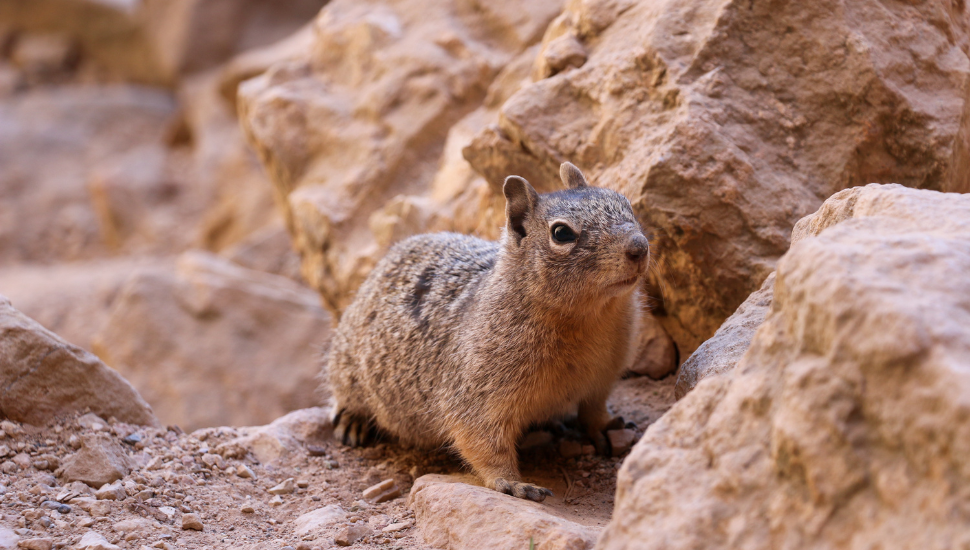
Grand Canyon wildlife: Are there any risks from wildlife?
You'll doubtless encounter deer and elk during your Grand Canyon visit - but these beasts pose no risk.
Equally, carnivorous animals such as coyotes and mountain lions are not generally dangerous.
In fact the most risky creature is the rock squirrel.
This apparently cute animal causes the most injuries each year - by biting visitors when they try to feed them. This is a key reason why feeding the wildlife is strictly prohibited.
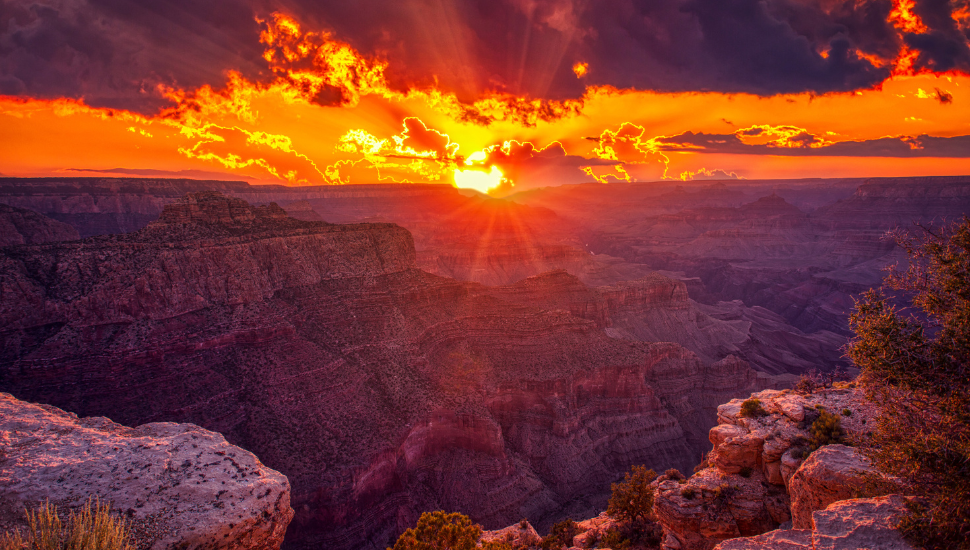
Where's best to enjoy the sunset/sunrise at the Grand Canyon?
The best spots to see sunrise and sunset (and the actual Canyon) are away from the main village area.
If you're staying in the village without a car, your best bet is one of the marked lookout points along Hermit Road.
Powell and Hopi Point are good for sunrise, while Mohave Point and Pima offer excellent sunset views.
The Redline Shuttle serves these points from March to November, when vehicles cannot use Hermit Road.
The Red Line Shuttle can get busy at peak times, so you might consider booking a sunset tour. It is however a good option for sunrise, since few people get up so early.
If you have your own car you might visit Ripon Point or Desert View along Highway 64 East.
Where do I get the best Grand Canyon souvenirs?
You can buy a range of items in curio village shops - including Native American art and classic gifts inspired by the Canyon.
Authentic, locally-made items can be expensive.
Where can I eat in the Grand Canyon National Park?
There are a handful of restaurants in the Grand Canyon National Park.
The finest, most costly dining experience is in El Tovar Hotel. That said, the breakfast is about the same price as the more basic establishments such as the Yavapai Tavern.
There's also an Arizona Steakhouse.
In common with other resorts, prices for food - as well as fuel and other goods - is considerably higher in the Canyon compared to outside the park.
Staying at Tusayan
Tusayan is located outside the park entrance, but offers a wider range of accommodation and food than the main village - and for more affordable prices.
The Purple Line bus offers free transport into the park.
Plan to book a tour? It’s cheaper to do so inside the park - not in Tusayan.
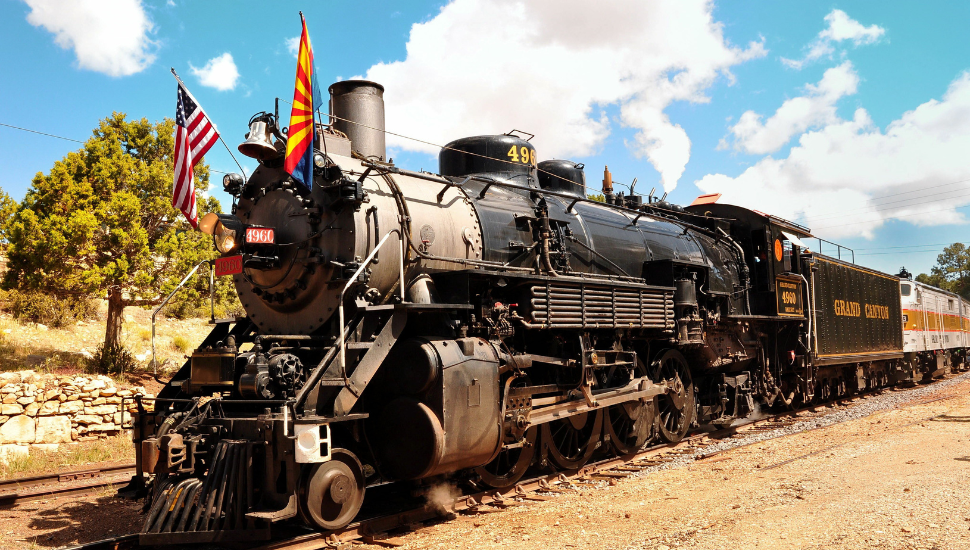
Credit: kravka - stock.adobe.com
Can I reach the Grand Canyon by train?
It's possible to take the train to Williams, Arizona, 60 miles south of the park. From here you can board a park bus. You then have around three hours to visit the Rim using the Blue and Orange Line buses.
You can buy a bus tour when you buy your train ticket.
Some train-borne visitors stay in the park overnight, then travel back to Williams the next day to board the train.
Can I book a helicopter tour of the Grand Canyon?
Air tours over the Grand Canyon's main areas are restricted, but a number of helicopter tours are available at Grand Canyon Airport (a few miles south of the park).
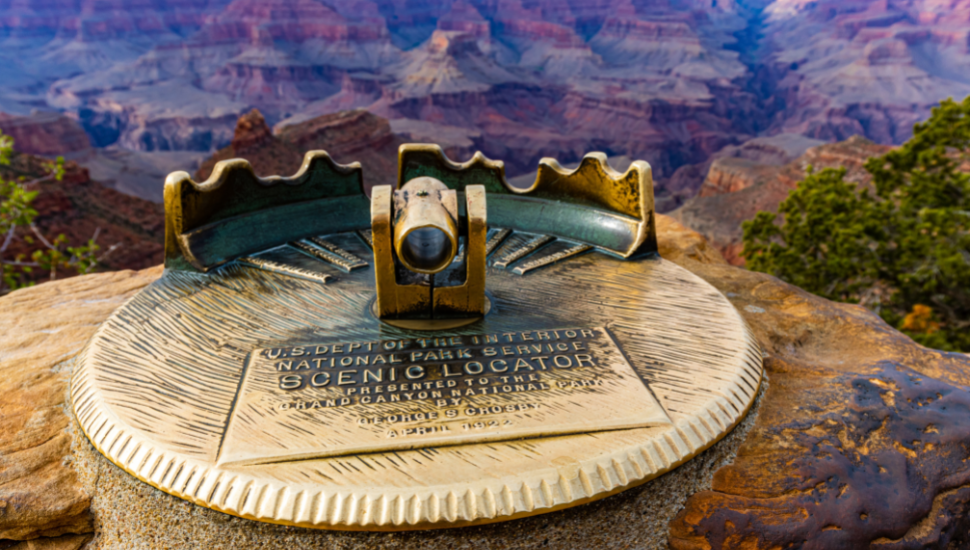
What if I have limited time?
Most Grand Canyon visitors only stay two or three hours. This means they see the most crowded spots like Mather Points at the Visitor Center.
It's better to plan more time for your Grand Canyon visit, to see more of the beauty spots, museums and historic attractions.
If you have less time but have a rental car, you might drive in from the East and out from the South - or vice-versa. There's less congestion on this route, and you'll still enjoy some amazing views - such as Grand View Moran, Desert View or Lipan.
Get a Quote